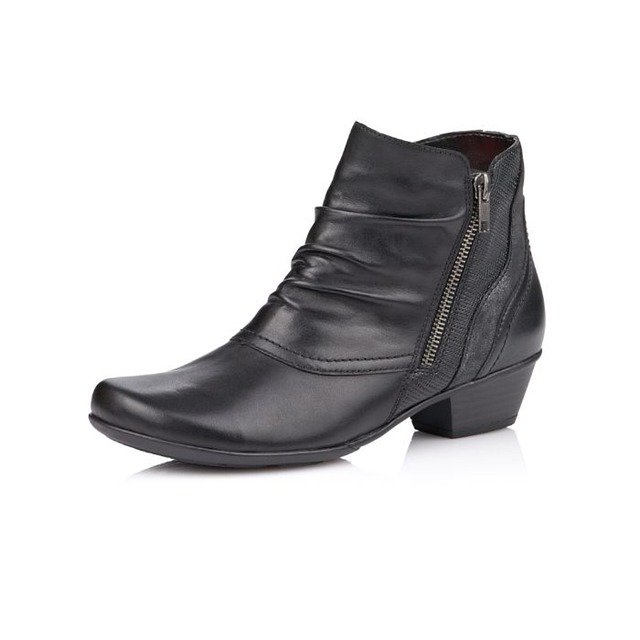Fashion Tips for Women: Stylish, Comfortable Choices at Any Age
A thoughtful approach to dressing makes every day easier and more enjoyable, whether you’re updating a capsule wardrobe or choosing an outfit for a special occasion. These fashion tips focus on practical choices, flattering proportions, and long-lasting clothing strategies that suit women across stages of life, including senior and elderly wardrobes, while keeping comfort and confidence front and center.

What should women consider when choosing style?
Start with purpose: think about your lifestyle, climate, and the activities you do most. A working professional will prioritize structured pieces and wrinkle-resistant fabrics, while someone with an active social life might prefer versatile separates that transition from day to evening. Consider silhouettes that flatter your body shape—balance a fuller top with a streamlined bottom or highlight a defined waist with a tailored jacket. Color choices matter too; a cohesive palette means easier mixing and fewer impulse buys.
Texture and proportion are also key. Lightweight fabrics drape differently than crisp cotton; try pieces on with shoes you’ll actually wear to check the length and balance. Accessories—belts, scarves, and jewelry—can refresh outfits without overhauling your closet.
How to select clothing for comfort and fit?
Comfort begins with fit and the right fabrics. Natural fibers like cotton, linen, silk, and wools often breathe better and feel nicer against skin, while modern performance fabrics can offer stretch, moisture-wicking, and easy care. Prioritize pieces with a bit of give—stretch panels, elastic waistbands, or adjustable closures—especially for everyday wear. Avoid overly tight garments that restrict movement; clothes should allow you to sit, walk, and reach with ease.
Tailoring is one of the smartest investments: a hem adjustment or a nip at the waist improves fit dramatically. Look for local services such as seamstresses or alteration shops in your area to achieve a flattering fit without replacing the entire garment. Good fit not only feels better but also elevates the perceived quality of your clothing.
How can fashion trends work in everyday wardrobes?
Trends can be useful as short-term accents, but a functional wardrobe relies on classics. Identify one or two trend pieces each season—an on-trend coat, a patterned blouse, or a bold shoe—and pair them with neutral staples like a tailored blazer, straight-leg trousers, or a simple sheath dress. This approach keeps outfits modern without frequent, costly updates.
Mixing old and new is practical: integrate trend colors or prints through scarves, bags, or shoes rather than committing to a head-to-toe look. Also think about longevity—choose trendy items that still offer comfort and quality so they won’t end up unused after the season passes.
What are practical tips for senior dressing?
For senior women, prioritize ease of dressing and durability. Opt for garments with simple closures—magnetic buttons, larger zippers, or stretchy necklines—and avoid fussy details that complicate getting dressed. Layering is especially useful: thin cardigans, vests, or light jackets help regulate temperature and create polished silhouettes without bulk.
Footwear deserves attention; supportive, slip-resistant soles and cushioned insoles reduce fatigue and improve stability. Consider washable fabrics for frequently worn items to maintain hygiene and appearance with minimal effort. Keep a few tailored pieces on hand for formal occasions; a well-cut blazer or dress elevates any look while remaining timeless.
How can elderly maintain style and safety?
Safety and style go hand in hand for elderly wardrobes. Choose non-slip shoes with a wide base and modest heel height to reduce fall risk while still looking refined. Select clothing with clear, larger buttons or easy-to-use fasteners if dexterity is a concern. Fabrics that are machine washable and resist piling make maintenance straightforward and keep garments looking newer longer.
Incorporate adaptive options if needed—open-back tops, magnetic closures, or adjustable waistbands—without sacrificing aesthetics. Work with local services like tailors or specialty retailers who understand adaptive clothing to find pieces that balance appearance and practicality. Accessories such as a lightweight scarf or statement necklace can add personality without complicating dressing routines.
Conclusion
Good fashion is less about following every trend and more about curating a wardrobe that supports daily life, reflects personal taste, and feels comfortable. Women of any age benefit from prioritizing fit, fabric, and function—pairing classic staples with carefully chosen trend items, investing in tailoring, and selecting footwear and adaptive features that support mobility and ease. Thoughtful choices make clothing serve both form and function, creating confidence and comfort for every occasion.






